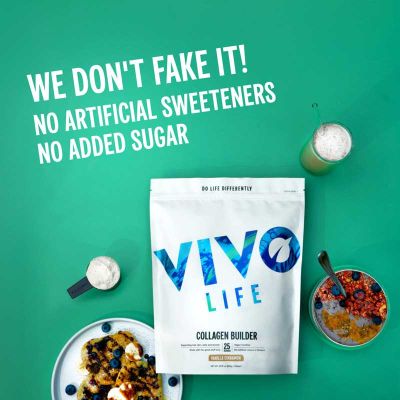Bones, Joints & Muscle
Bones, Joints and Muscle Supplements
What are Bones, Joints and Muscles?
Bones, muscles and joints form our musculoskeletal system – they are the framework and interconnections that enable working function of body movement. They also protect our internal organs from damage too.
Supporting normal daily function and movement is a mammoth task in itself let alone the demands we might be required to put upon it over and above this. For example, lifting and carrying, sport and general sustained daily activity.
Bones :
Bones are made up of collagen and phosphate that results in a tough framework and support system. There is a compact, outer layer and a spongy internal ‘honeycomb’ that is more flexible. Calcium is stored within our bones and utilised by the body as are fatty acids, and alkaline salts that control PH. Bones provide a place for bone marrow to grow (which produces our blood cells.) Bones have endocrine function - growth factors are stored, hormones released to act on kidneys, to regulate sugar and to deposit fat.
Adults have 260 bones that are in a constant state of renewal and around 10% is replaced each year in an adult. This is called re-modelling and it allows the body to correct damage and reshape while regulating calcium levels in the blood. Several hormones control this including the parathyroid, calcitonin, vitamin D, testosterone and oestrogen.
Muscles :
Muscles are made up of thousands of small fibres – forming an elastic tissue that contains protein filaments; these produce contraction that changes the overall muscle shape and length. This process allows force and motion in our bodies.
There are three types of muscle; smooth, skeletal and cardiac. There are voluntary muscles (skeletal) and Involuntary (cardiac and smooth) that are involved in the circulation of blood.
Tendons connect muscles to bones or to structures such as the eyeball, and ligaments connect bone to bone to stabilise the structure. Nerves enable movement of the muscles whether this is voluntary or involuntary.
Muscular activity is responsible for most of the body’s energy consumption. They contain creatine phosphate, and also store glucose that can be accessed quickly for energy. Small amounts of fat are stored which is used in aerobic activity.
Joints :
A joint is the term used to describe the place where two or more bones connect and produce movement and also may provide a degree of protection (as in the skull sutures.) There are 360 joints in the human body.
There are three types of joint - Fibrous (immovable) – like the skull, Cartilaginous (partially movable) – like the Vertebrae, and Synovial (fully movable) – like the hip joint.
Bones, muscles and joints are affected by a variety of factors such as physical activity (or inactivity) age, hormones, gender, ethnicity or environmental factors that may contribute to disease. As a result these factors may cause poor function that causes pain and restricted movement to differing degrees. Many people report conditions affecting the bones, muscles or joints as ‘debilitating’ and appears to seriously affect their quality of life.
How to Keep Bones, Muscles and Joints Healthy
A healthy diet, exercise and vitamin D all contribute to keep our bones, muscles and joints healthy. There are excellent supplements to facilitate this such as Collagen +, Krill Oil, Cherry Vita and Turmeric. Consider Protein as an excellent way to maintain healthy muscles. Try Vitality Rocks Hemp or Pea Protein, or original naturally sweetened Whey Protein.


.jpg)

.jpg)

.jpg)

.jpg)

.jpg)















.jpg)


